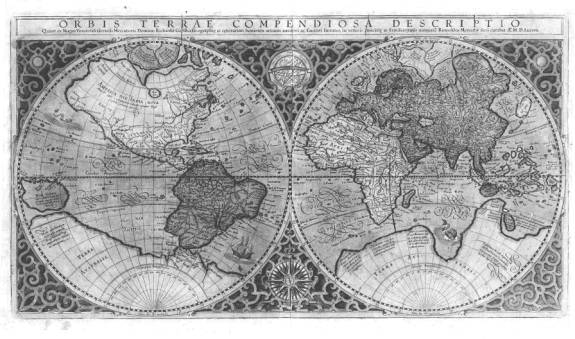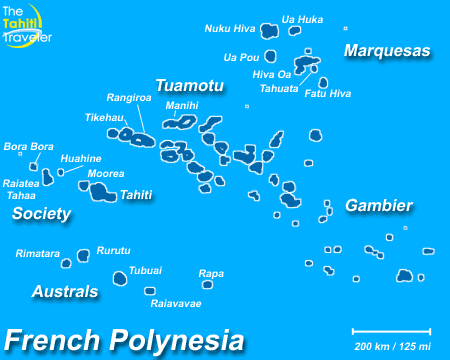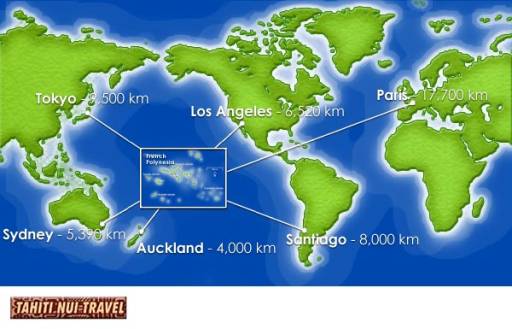LITR 5734:
Colonial & Postcolonial Literature

Student Poetry Presentation 2005
Kimberly Dru Pritchard
November 8, 2005
Derek Walcott’s
“Map of the New World – I. Archipelagoes”
from The
Fortunate Traveler (1982)
“For
thirty years [Walcott’s] throbbing and relentless lines have kept arriving on
the English language like tidal waves coagulating into an archipelago of poems
without which the map of contemporary literature would be like wallpaper” (Writer’s
Online, Fall 1998).

Derek Walcott’s poem “Map of the New World” develops the colonial/post-colonial theme in metaphorical terms by comparing the “Old World” to the “New World” while at the same time identifying the movement of colonialism in terms of the allusion of Odysseus’ ten year journey.
In previous readings this semester, the relationship between the colonized and the colonizer has been a precarious one, and more often than not, the colonized feel betrayed, misunderstood, and cheated by the intrusion of the “other” into their lives (i.e. Heart of Darkness, Things Fall Apart, Passage to India, Train to Pakistan).
However, at the end of Walcott’s poem, the allusion to Odysseus’ journey may imply a beginning or journey toward a new life such as Mukherjee’s Jasmine when she ventures to America.
Multiple layers of meaning exist within the poem in regard to colonialism and post-colonialism and the ever-present theme of Walcott’s personal dilemma as he struggles to reconcile the two worlds in which he lives. Alan Shapiro writes that “as a West Indian…writing in English, with Africa and England in his blood, Walcott is inescapably the victim and beneficiary of the colonial society in which he was reared. He is…unable to satisfy his allegiance to one side of his nature without at the same time betraying the other” (Chicago Tribune Book World, 1986).
(The 2001 poetry presentation of this poem offers a more global view of colonialism and the obvious allusion to Homer’s Odyssey.)
Questions:
1. In the last stanza, Walcott continues his allusion of
Odysseus and his journey. How does
this last stanza reinforce the notion that time is cyclical and that in spite of
the ravages of colonialism, the colonized will rise and begin anew?
2. Walcott’s poetry constantly illuminates the clash between
two worlds (colonized vs. colonizer) as he thematically and metaphorically
relates his personal struggle to survive, understand, and ultimately convey his
dilemma to the reader. With this in
mind, how can one interpret “Map of the New World” in relation to Singh’s Train
to Pakistan and Mukherjee’s Jasmine?
FYI
- The Archipelagoes
Definition:
An archipelago is a landform which consists of a chain or cluster of
islands. Archipelagoes usually
occur in the open sea; less commonly a large land mass may neighbor them.
Archipelagos are often volcanic, forming along ocean ridges or hotspots,
but there are many other processes involved in their construction, including
erosion and deposition (Wikipedia).
Five islands make
up the Archipelagoes:
The Society, Austral, Tuamotu, Gambier, and
Marquesas


|
|
|
|
|



